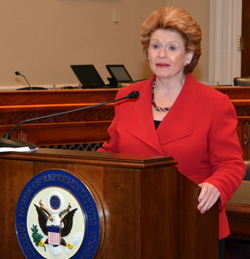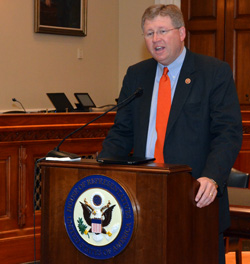A new agriculture and chemical company has been formed to produce and market a next generation of urease inhibitor.
 Eco Agro Resources was launched on May 1, with its patent-pending flagship product, N-Yield.
Eco Agro Resources was launched on May 1, with its patent-pending flagship product, N-Yield.
David McKnight, CEO states “Eco Agro Resources is made up of 30 team members with over 100 years of agriculture and chemical experience. We have multiple lab and manufacturing locations with a home base in High Point, NC. Our current chemical sales are projected to top $50 million USD annually, while our global presence and patent pending technologies continue to expand.”
Ray Perkins President of Sales says, “Our flagship product, N-YieldTM is an environmentally friendly nitrogen inhibitor solution that is used to treat urea and UAN based fertilizers to improve the retention of nitrogen content in soil. N-YieldTM can be used to coat either urea granules or can be mixed with ammonium nitrate (UAN) solutions and offers several advantages over the current brands available.”
Eco Agro ResourcesTM offers a strategic limited distribution business model as well as co-branding opportunities. We are a previous active ingredient supplier to leading urease inhibitor brands.












